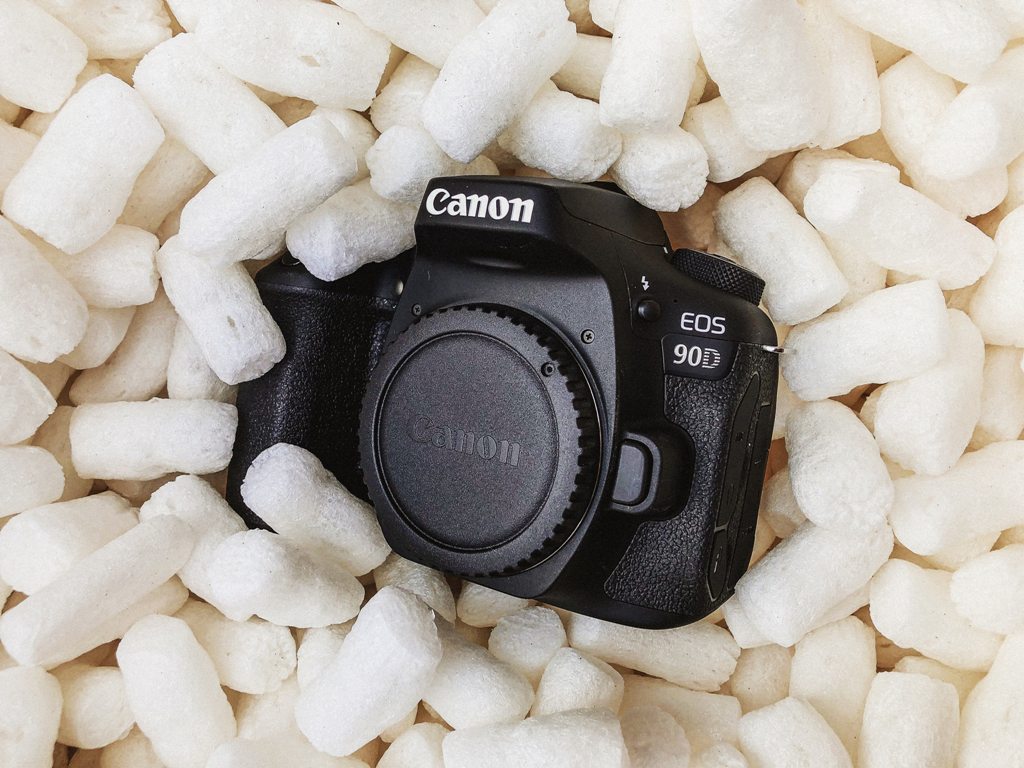Have you just opened a package? Perhaps you’ve just brought home a new television?
Now you’re looking around you at all the spare parts and bits and bobs strewn across the floor, loose plastic, the TV box, perhaps some random television parts…
and what’s that?
It is what appears to be a mountainous chunk of unnecessary Styrofoam.
It seems like such a waste to simply disregard. But what on God’s (not so green) Earth are you to do with it?
Styrofoam is a material we commonly see. It is a cheap, flexible, lightweight and an easy to use means for packaging items and takeaway containers. It is even used out of sight for building insulation. However, the impact it makes on our Earth is noticeable.
As well as regularly seeing styrofoam in use, one might argue that we see it more often out of use, in the garbage, on the streets, floating across our oceans and even more likely to somehow wind up in your toddlers/pet’s mouths.
What is it made out of?
Styrofoam’s bountiful use and cheap-to-manufacture process is a go-to for most industry production. It’s original name is Polystyrene, however generally referred to as “Styrofoam”, trademarked by the Dow Chemical Company.
Styrofoam is made out of 95% air and has incredible insulation qualities. Manufactured from styrene monomers, Polystyrene is a petroleum-based plastic. Because of styrofoam’s lightweight composure it is able to sustain its form and is deemed ‘unsinkable-y floaty’. Phew – that was a mouthful.
Biodegradable, question mark?
The truth of the matter is, styrofoam has limited recycling options. We still do not know for certain how long it takes to degrade, it is estimated to be about a whooping 500 years.
Even in sunlight Styrofoam can release negative air pollutants that exhaust our ozone layer. When heated, styrofoam discharges toxic chemicals that can be risky for wellbeing. Little particles and chemicals can seep into your food when microwaved, or when mixed with hot liquids, for example, your occasional cup of takeaway coffee.
It is a material of deleterious footprint to our planet.
How to recycle/repurpose
- Turn it into a household glue – By adding pure orange oil to a piece of Styrofoam it reduces the material into a non-toxic liquid adhesive!
- Donate or Freecycle your waste/used goods! – Here is a website that lists practical organisations in Singapore what they are in need of. From old mascara wands used to free little baby birds from glue traps, to old laptops, fabrics and of course Styrofoam waste. It is possible to get rid of your excess stuff and feel good about it, for you have just saved the Earth another breath!
Crafty options
- Make an igloo!
- Make little snowmen!
- Make snow globes!
- Make little snowmen to fit into your snowglobes!
- Use it as a floater when fishing! (Be careful to attach it well)
- Turn it into a beanbag!
- Turn it into a pincushion for your sewing kit!
- Paint onto sections of Styrofoam and break it up into little pieces to make mosaics out of! (Would look dope on the frame of a picture frame)
- Packing peanut sculptures! (You can use spaghetti or popsicle sticks for this one)
- Make it into a lightweight brick wallpaper! (Time-consuming but a legitimately cool idea)
- Make a little photo/mood board out of Styrofoam to hang decorations and pictures on it! (Can be used for schedules, little notes to your children or partner, etc)
- Yarn embroidery!
Alas, is it recyclable though?

With that all said, CAN Styrofoam be recycled? The short answer is – Nope. PLEASE do not throw your Styrofoam into the recycling bin!
It can be easily broken into little fragments that can spread through the bin, deeming it impossible to recycle.
When the right recycled (eg. clean, non food or drink contaminated, metal/glass/paper/plastic) items end up in the recycle bin it is taken to sorting recycling centers.
And although one may think, “If it is a sorting center then isn’t it their job to sort out the garbage?”
In reality it only complicates the process and wastes precious natural resources used. Once the bin is contaminated with incorrect food/liquid or recyclable items it then renders the bin useless, subsequently everyone’s effort will be for vain!
Styrofoam items included are: take away food containers, take away coffee cups, packaging on certain home tools/gadgets and meat platter trays.
Styrofoam’s tendency to rupture into a bajillion miniscule and equally diabolical patches, makes it even more imperative that ALL styrofoam goes to bed in the landfills. Because of Styrofoam’s long (ostensibly immortal) lifespan of 500 years (!!!), it is important for the future of our planet and humankind to avoid use or even entirely cease use of this material. Reduce, Refuse, Recycle (properly)!


